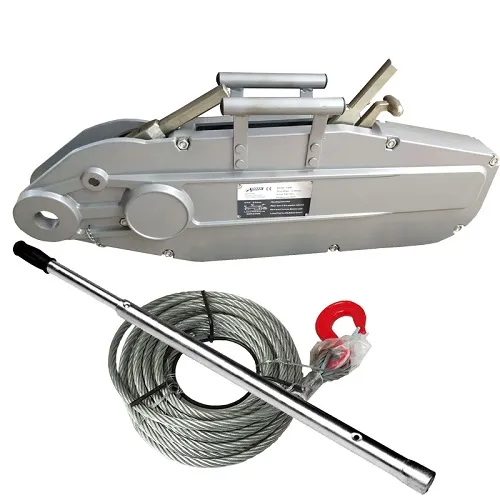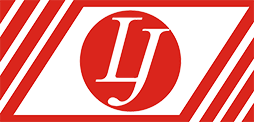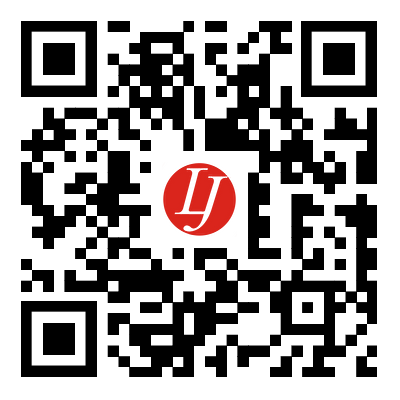What Are the Specifications for Using a Wire Rope Puller?
2024-10-24
The use specifications of the wire rope puller cover many aspects such as pre-operation preparation, operation process, post-operation maintenance and precautions. Only by strictly following these specifications can the safe and efficient operation of the tractor be ensured and its service life be extended.
1. Preparation before operation
Equipment inspection: Before use, the wire rope puller should be fully inspected to ensure that its structure is intact and undamaged, especially key components such as wire rope, pulley, and transmission device. Check the wear and rust of the wire rope, as well as whether there are safety hazards such as broken wire and knotting. Ensure that the power supply, control system, etc. of the tractor are working normally without abnormal sound or vibration.
Environmental assessment: Before operation, the safety of the working environment should be evaluated, including whether the ground is flat and stable, and whether there are obstacles or dangerous sources around. Ensure that there is enough space in the working area for tractor operation and personnel movement.
Personal protection: Operators should wear personal protective equipment that meets safety requirements, such as safety helmets, protective glasses, protective gloves, etc. Avoid operating without wearing appropriate protective equipment.

2. Operation process
Startup and commissioning: According to the instructions of the operating manual, start the wire rope puller correctly and perform necessary commissioning and preheating. During the startup process, pay attention to the running status of the tractor to ensure that there is no abnormality.
Wire rope connection: Connect the wire rope to the output end of the tractor correctly and ensure that the connection is firm and reliable. During the connection process, avoid excessive bending or twisting of the wire rope to avoid damage to its structure.
Traction operation: During the traction process, the operator should pay close attention to the running status of the tractor and the force of the wire rope. Avoid overloading or long-term continuous operation to avoid damage to the tractor or safety hazards. If any abnormality is found, the operation should be stopped immediately and the cause should be checked.
Speed control: During the traction process, the traction speed should be reasonably controlled according to the actual situation to avoid safety hazards caused by too fast or too slow. When encountering complex terrain or obstacles, the traction speed should be reduced to ensure the safety and stability of the operation.
3. Post-operation maintenance
Cleaning and maintenance: After use, the wire rope puller should be thoroughly cleaned and maintained to remove dirt and oil stains on the surface. The wire rope should be lubricated and rust-proofed as necessary to extend its service life.
Equipment inspection: After each use, the key components of the tractor should be inspected to ensure that they are not damaged or worn. If any abnormality is found, it should be repaired or replaced in time to ensure the normal use and safety of the equipment.
Storage and preservation: When not in use for a long time, the tractor should be stored in a dry and ventilated warehouse to avoid moisture or corrosion. Ensure that the storage location of the tractor is safe and stable to avoid impact or damage.
4. Precautions
Prohibition of illegal operation: It is strictly forbidden to operate the wire rope puller without training or understanding of the operating procedures. Avoid operating under the influence of alcohol or fatigue.
Emergency treatment: If an emergency occurs during the operation, the operation should be stopped immediately and the corresponding emergency treatment measures should be taken. In the event of equipment failure or safety accident, it should be reported to the relevant department in a timely manner and cooperate with the investigation and handling.






